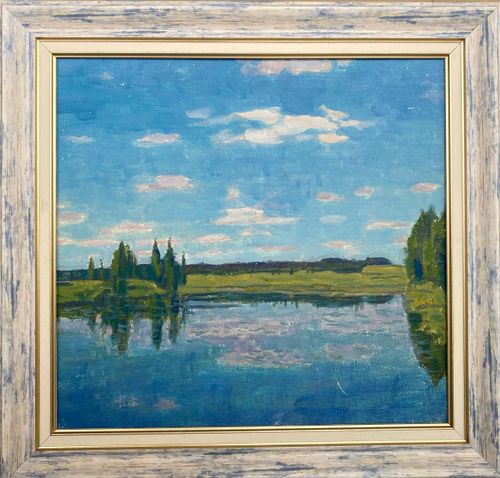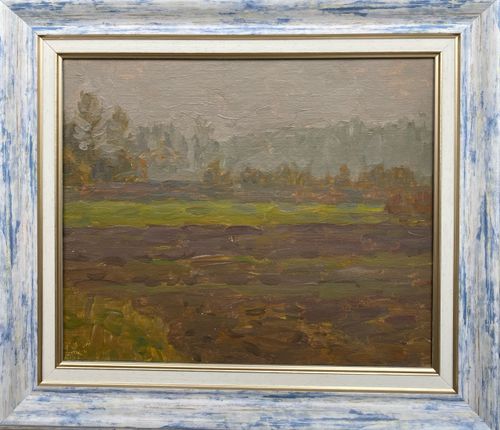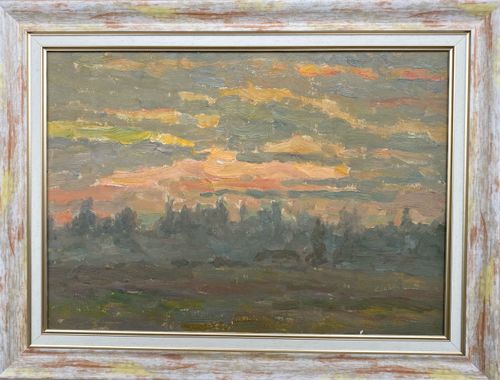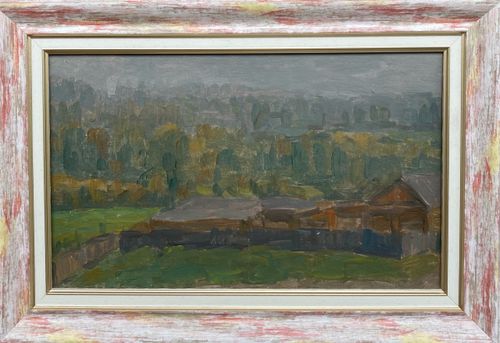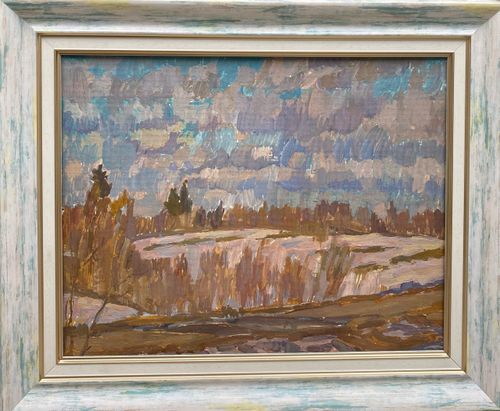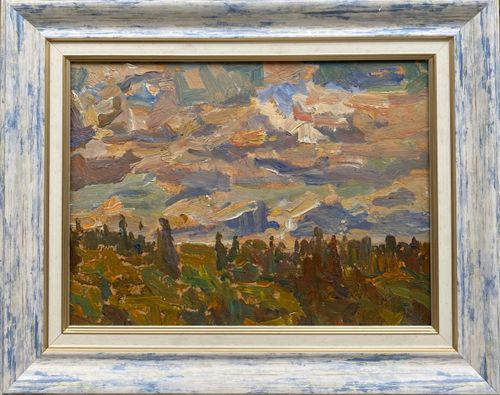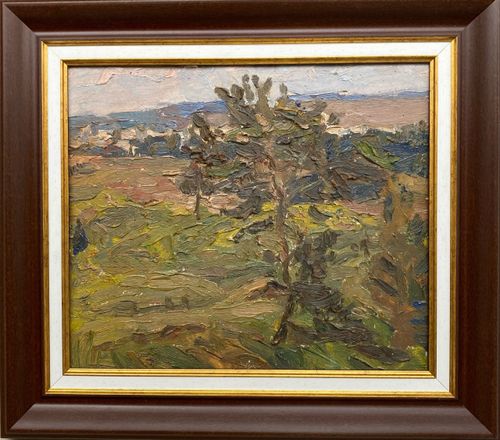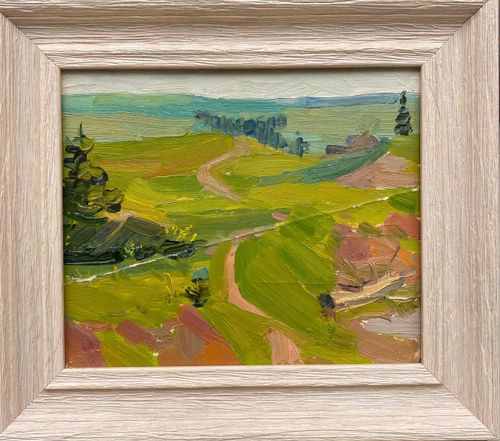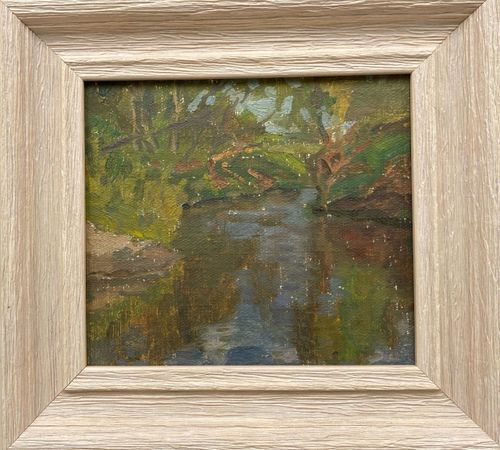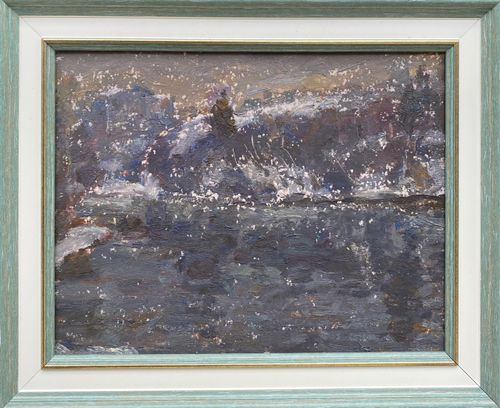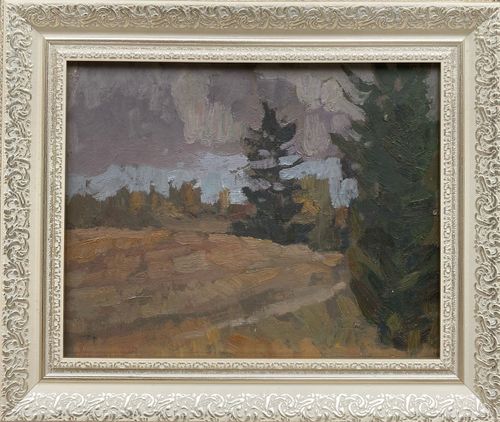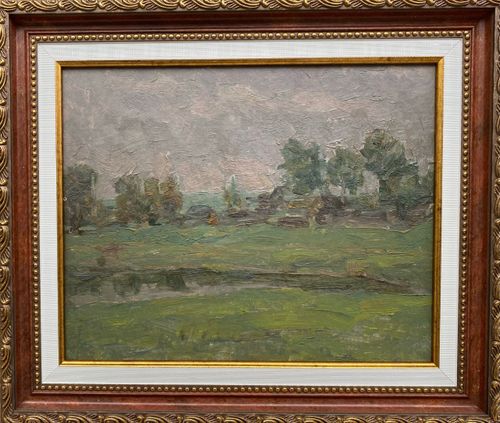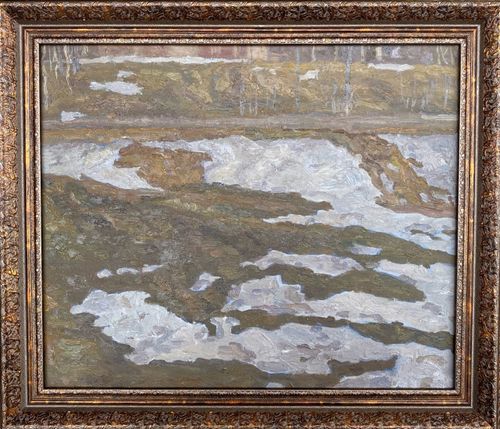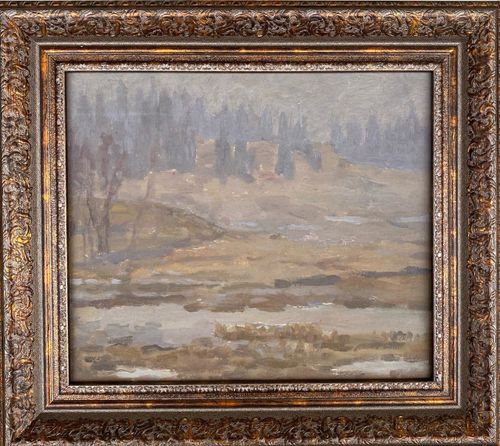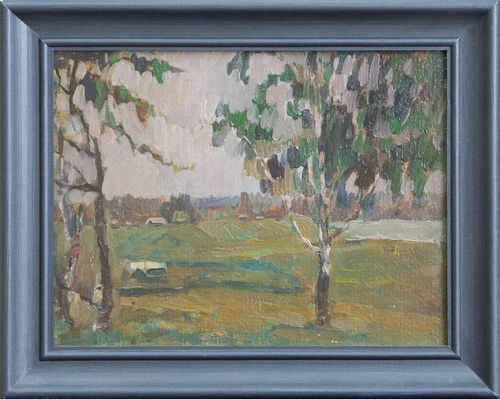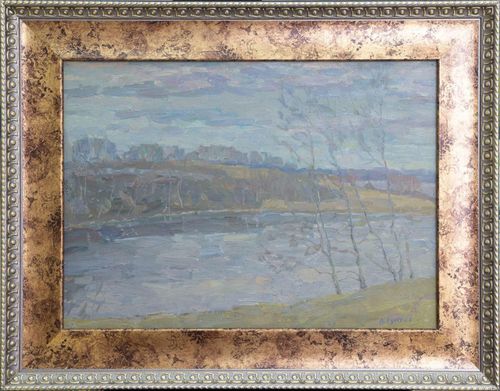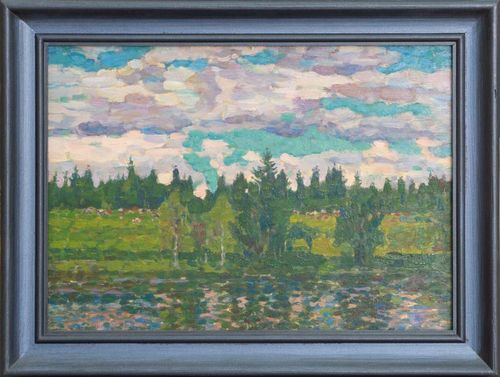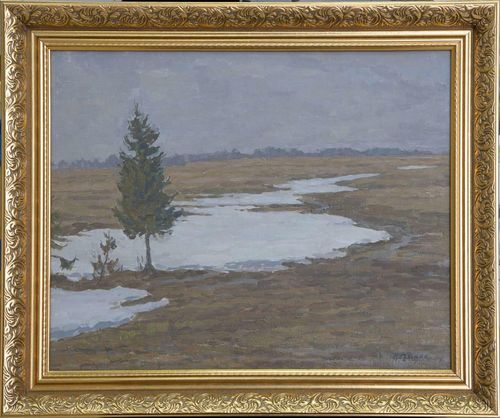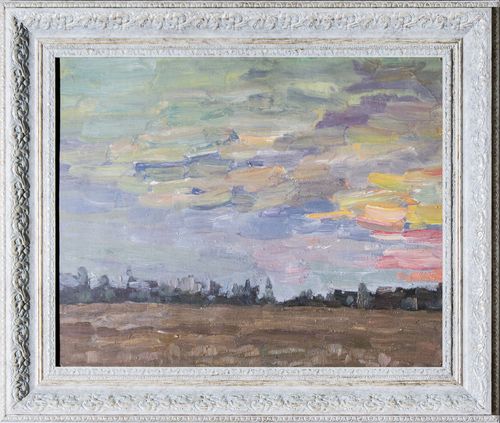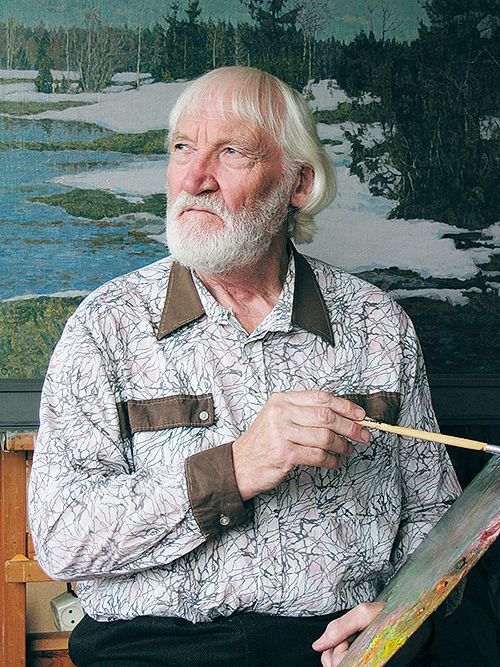
A modest genius landscape painter with a unique individual handwriting, who devoted his creative path to the natural beauty of Northern Udmurtia.
Biography
Birth date: July 30, 1937
Date of death: November 14, 2012
Beyond these dates lies a rich creative life. His passion for painting began in his school years. The artist recalled how, during one of his lessons, a teacher saw his portrait in a teenager's notebook. It was characterized by a significant similarity to the original, and the original was famous for its heavy character, so the verdict was harsh: do not come without parents. Kicked out of classes, Anatoly devoted the time that appeared to drawing the surrounding landscapes and drew "Alyonushka" Vasnetsov.
Perhaps such a violent reaction of the first critic led to the fact that Anatoly Tikhonovich began to doubt his abilities. To be closer to art, he graduated from the art and graphics faculty of a pedagogical institute and became a drawing teacher. Everything changed in 1974, when Russkikh was sent on a creative business trip to Vyshny Volochek. Staying at the academic dacha named after Ilya Repin became a real breakthrough of talent. According to the artist, he had the feeling that the first part of his life he had been saving up observations, ideas and impressions, and now it all broke the dam and rushed in a wide stream. A lot of influence was exerted by the surrounding nature - the dacha was located on the dam of the Msta River, which was erected in the era of Peter the Great. The picturesque place, the commonwealth of bright talents and the need to share their emotions led to the fact that in 2 months about 30 canvases were created. This invaluable baggage returned with the master to his homeland in Udmurtia.
Anatoly Russkikh is an artist-poet who has chosen his own style of painting. His paintings are impressive: the author has achieved a degree of mastery when the painted landscape comes to life. It is not just a drawing of nature, it is a landscape-portrait. Anatoly Tikhonovich wrote the character of everyday things, merging individual notes into a coherent song. From contemplating the paintings you get not only visual, but also tactile sensations: you can feel the gusts of wind, ripples of water, warm sunlight and the smell of meadow grass. The native village of Multan feeds the artist's energy: each new meeting, according to him, fills with a lot of feelings that are reflected on the canvas. The land gives strength. The villagers watching the work marveled why all the beauty of familiar places was inaccessible to them until it was reflected on the canvas. This was the main talent of the artist: to transfer everyday life on the canvas without embellishments, but in such a way that the previously unnoticed beauty became available to the viewer. Muted tones and restraint did not interfere with the disclosure of the idea, but on the contrary, emphasized the content.
"April", 1978: a pond surrounded by birches and firs. A gray, low-hanging sky reflected in the water. Spring comes timidly and hesitantly - everything shows the recent traces of winter.
"Baths by the River": 2 small houses standing near a river surrounded by a dense forest. Dark water, rich greens, a path in thick grass. Heavy smooth flow of water and the expectation that someone is about to appear on the path.
"Autumn", 1996: a lake, clear blue sky, yellow birch trees in the distance, light ripples on the water. The anticipation of crane wedges flying off into the distance. The last clear days, when summer has not yet fully retreated.
"The First Snow Fell," 1995: a cabin, a haystack in the distance, a fence decorated with snow caps, a string of animals. Heavy green spruce trees in the distance. The cold that drives into the house - winter is beginning.
Each painting has its own rhythm and dynamics: you never know how the plot will unfold - wide, covering the horizon, or upward, illuminating the perspective. The artist's guiding principle is to apply the first stroke correctly: the rest will lie down as they should.
A series of works painted during a business trip to the Urals became a separate milestone in his work. This land beckoned him from childhood - the stories of D. N. Mamin-Sibiryak had a great influence on him. Together with the artist and friend S. N. Vinogradov they went to the Urals. N. Vinogradov, they wrote frantically, bewildering the locals. The weather was windy and rainy, not dispose to long sessions. The result of the work was the creation of a cycle of paintings devoted to the Ural nature. The strongest was "Amber Necklace of the Vishera Coast". It was honored to be placed on the pages of the encyclopedia of Russian artists of the XX century.
Besides a rich creative life, led and public. The main merit of Anatoly Tikhonovich Russkikh as head of the Union of Artists of Udmurtia is the opening of an exhibition hall in Izhevsk on Pushkinskaya Street. Many works of the master are kept in museums and private collections. Paintings by Anatoly Tikhonovich Russkikh have participated in many exhibitions: Russian and regional: there were more than a dozen of them during the whole time. And they continue to be exhibited now, after his death.
Art Catalog
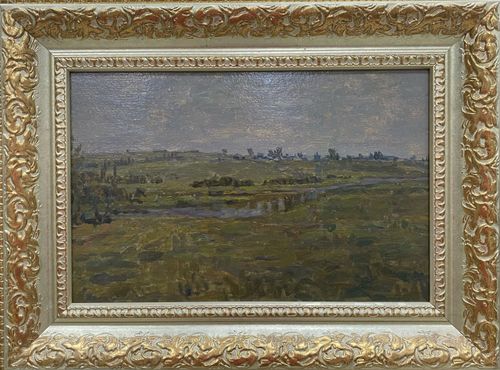
Sketch for the painting My Homeland
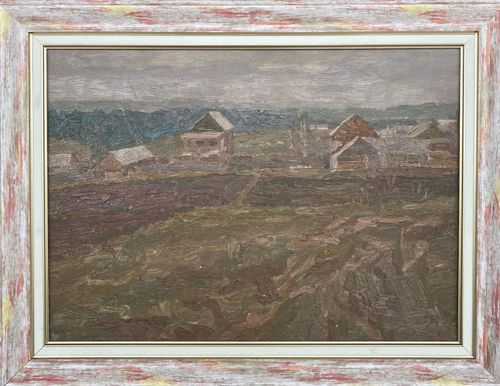
A new street in Yalmur
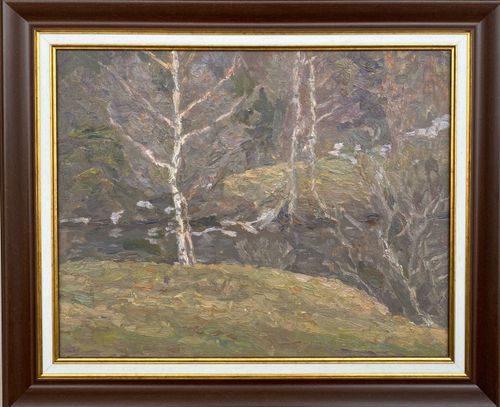
The last of the snow and the birch trees
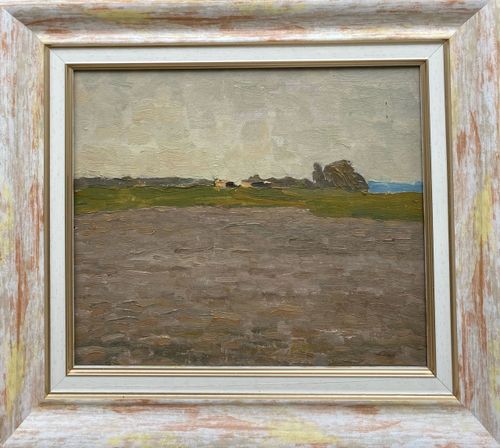
The banks of the Kama River
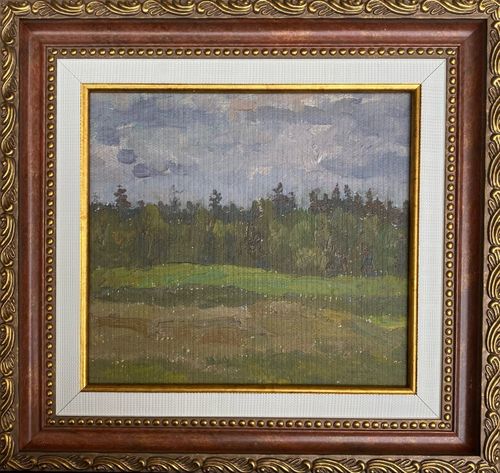
At the edge of the forest
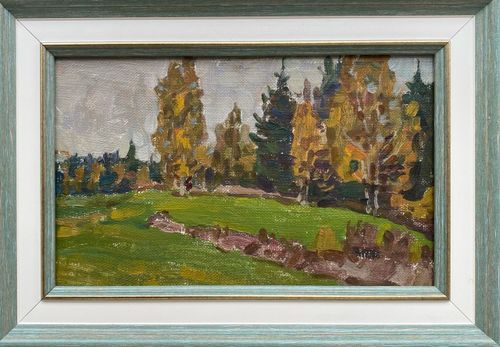
At the edge of the field

Sketch for the painting "My Homeland N-Multan Village"

Spring evening
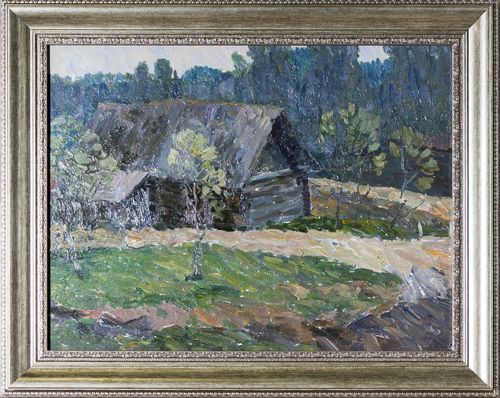
Etude with the house "Spring"
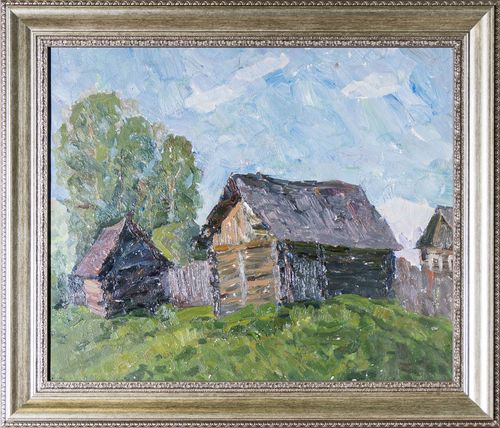
Houses on the hill
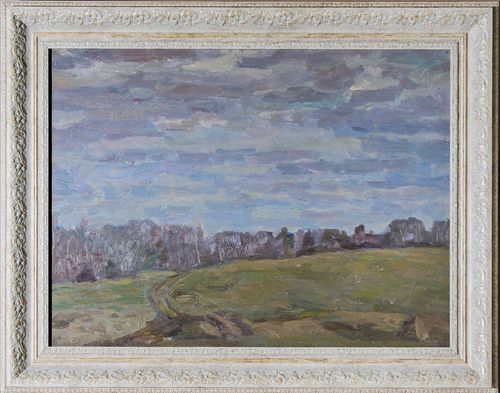
In the field
